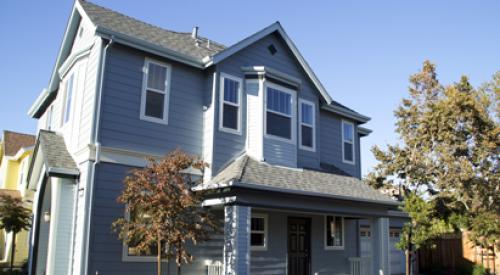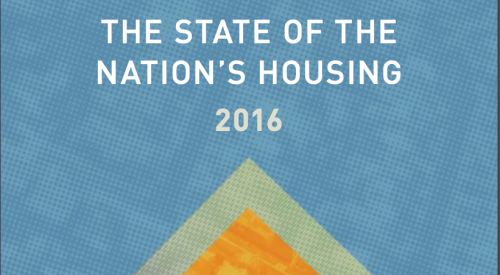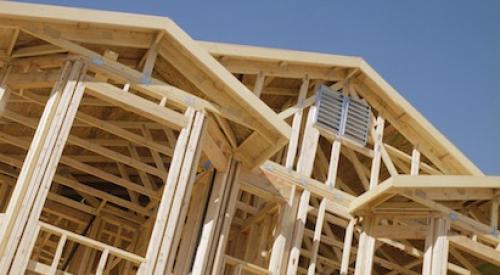While we’ve spent the better part of the past four years analyzing just how dramatically the housing market has changed during the great bubble burst — shrinking home sizes, historically low housing starts, the glut of foreclosures, more-stringent mortgage requirements, and even the threat of the mortgage-interest deduction going by the wayside — it’s interesting to note how much the housing market remains the same.
For example, study after study shows that the vast majority of Americans still have a strong desire to own a home, and they see homeownership as a solid long-term investment. The latest proof: an April 2011 Pew Research Center study which found that 81 percent of Americans believe a home is the best long-term investment a person can make.
Another market fundamental that has not wavered through the recession is the real-estate investment sector. Despite the housing market’s ills and perceived downsides, investors continue to flock to the real-estate sector. In fact, nearly one-fifth (17 percent) of all existing- and new-home transactions in 2010 were so-called investment homes — residential properties purchased primarily to rent to others or to hold for other financial or investment purposes, according to the National Association of Realtors’ 2011 Investment and Vacation Home Buyers Survey. While the number of investment homes purchased declined from 2009 to 2010, this segment’s share of total home sales remained the same.
The market is also seeing a record number of all-cash purchases — 35 percent of existing home sales in March 2011 were all-cash transactions, up from 27 percent in March 2010 — more proof that investors continue to play a vital role in residential real estate.
Who’s the typical investment-home buyer? According to NAR’s report, they had a median age of 45, earned $87,600, and bought a home that was fairly close to their primary residence — a median distance of 19 miles.
For more results from NAR’s 2011 Investment and Vacation Home Buyers Survey, visit http://bit.ly/fVRG0R.











